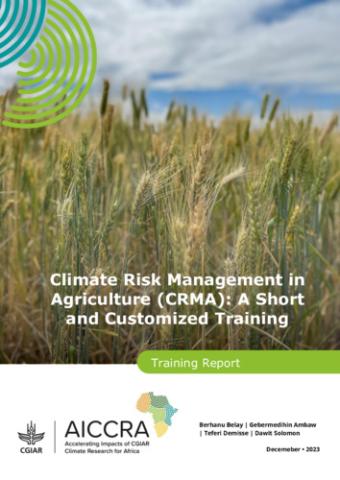Abstract
Climate change presents significant challenges to countries worldwide, and Ethiopia is not exceptional (Simane et al., 2016). The nation confronts a wide array of climate risks that pose substantial obstacles to its sustainable development and the well-being of its people. Ethiopia is particularly vulnerable to climaterelated hazards due to its predominantly agricultural economy and large population reliant on rain-fed farming. Additionally, the country's diverse topography, spanning from highlands to lowlands, exacerbates its susceptibility as different regions experience varying climate patterns and associated risks (World Bank, 2021).
Ethiopia faces several climate risks, including droughts, water scarcity, flooding, erosion, desertification, and an increased frequency and intensity of extreme weather events. The country has a history of recurrent droughts, often linked to climate variability such as the El Niño-Southern Oscillation (ENSO) phenomenon (Worku and Sahile, 2017). Insufficient rainfall leads to water scarcity, impacting agricultural production and access to clean drinking water. Droughts can result in crop failures, livestock deaths, and food insecurity, severely affecting the livelihoods of millions of Ethiopians. While some regions grapple with water scarcity, others are prone to flooding. Intense rainfall events, especially during the rainy season, can cause rivers to swell, resulting in flash floods and riverine flooding. These events displace communities, destroy infrastructure, claim lives, and erode fertile soil, profoundly impacting agriculture (Muluneh, 2021).

